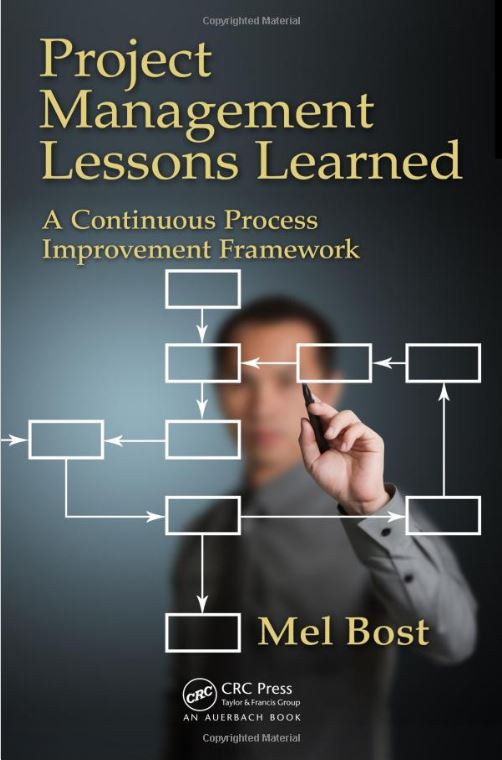Suppose you are a member of a successful IT or other business functional group whose members have successfully delivered “value” to their larger organizations/corporations through successful project implementation. Inevitably, this success brings additional requirements from the corporation to deliver more “value” through more projects over time. You begin to feel the pressure because resources may not be readily available or accessible in the timeframe you are asked to deliver, teams may not be prepared and, in general, although you saw it coming, your best efforts just to deliver the last increment of “value” was enough to keep you occupied.
So what’s a body to do?
This is exactly what faces every organization who decides to ramp up to a Program Management Office (PMO). But the question remains “how do I define just what I need in the timeframe I have been given to be successful?”
My answer which I have leveraged in several situations before is to take a blank sheet of paper and write a “funding authorization statement” for a single project just as if you were seeking funding today.
An example:
“This funding authorization seeks $37.5 million (capital and expense) from the IT Executive Board to deliver the IT Marketing Apps Development Project for new Stores by December 2011. The Business Case is defined as follows…..The economics and payback are defined as follows….The risks to the project completion are defined as follows…..The proposed project team will consist of the following from IT and/or functional business units. The external consultants proposed for this project are ………Authorization of this project is part of a larger portfolio of projects which have been addressed by the IT Executive Board in its meeting of August 21, 2009.”
Now, such a simple statement defines many things. It defines what project, what funding group, what business case, what risks, etc.
Every one of these details must be provided by resources which reside in the PMO or functional business units interfacing with the PMO.
When the PMO has a number of these Authorization Statments, it can begin to decide if a Methodology of handliing the Portfolio of projects and the LifeCycle of the Project Management Process needs revamping to facilitate consistency in the way all the projects are evaluated and authorized.
What does your “clean sheet of paper” look like? Have you given it some thought lately? If you are an organization looking to move to that next level of superior project service and “value addition” to your Corporation, think about that “blank sheet of paper.” Your business context will determine what elements need a place in the PMO and what must come from the business functional areas and perhaps even what must come from external stakeholders.

[…] building a PMO from the “grass roots level”, which many of you will recognize from my previous posts as taking a clean sheet of paper as the starting […]